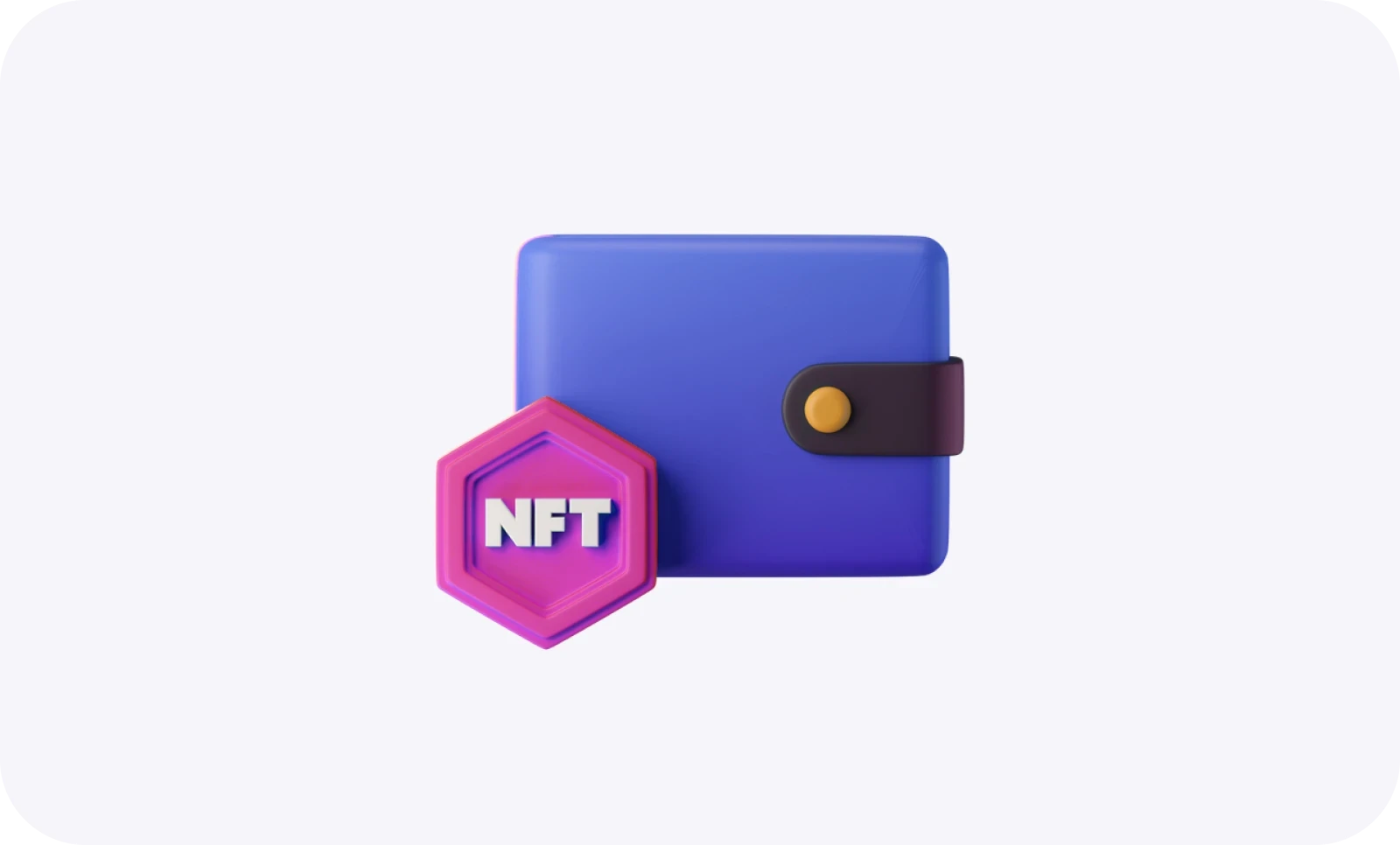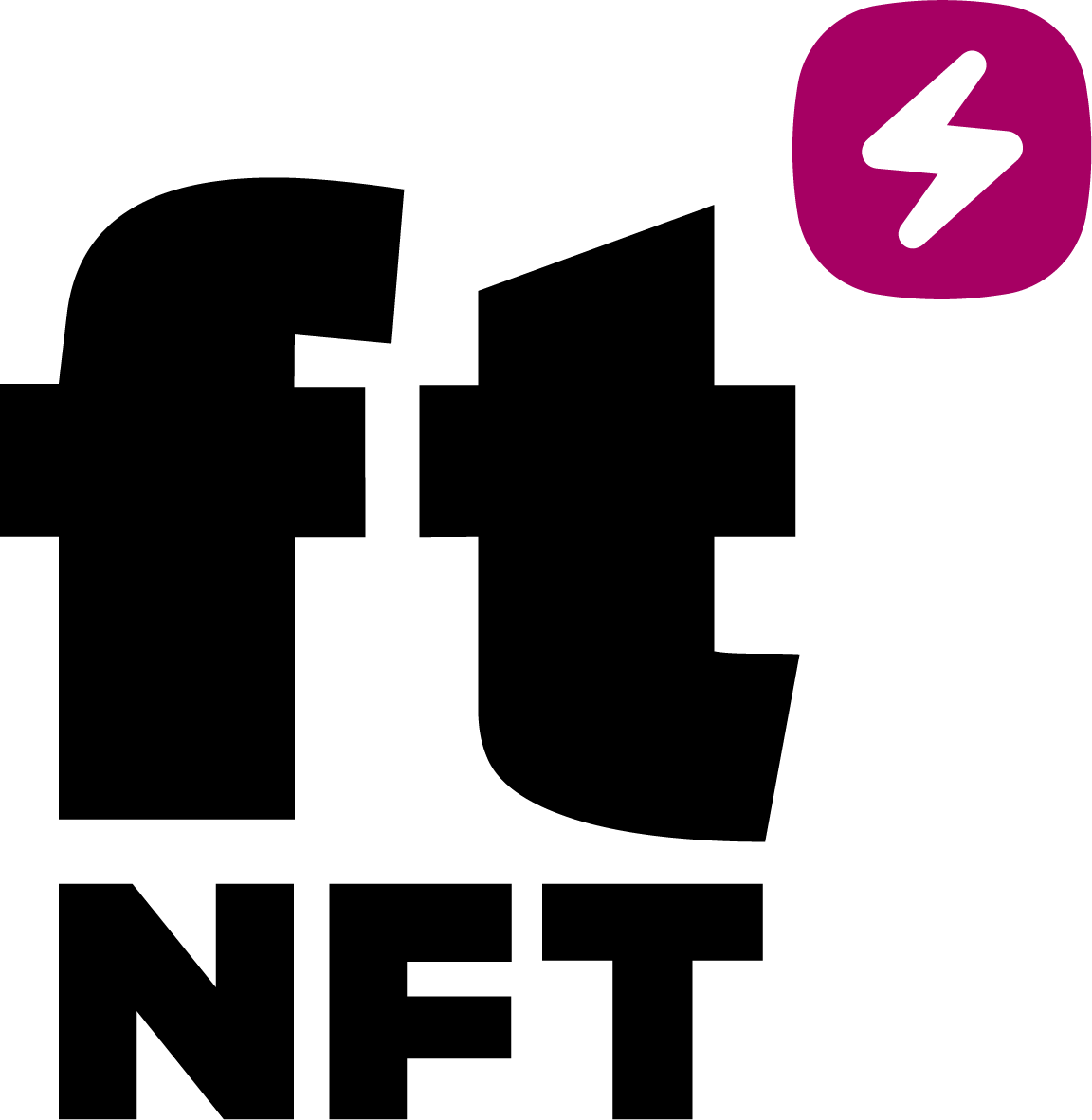
How to Buy and Sell NFTs
Imagine a world where purchasing and selling digital artwork using cryptocurrency was unimaginable. However, the advent of NFTs completely transformed the landscape of modern art.
Today, artists have the ability to create their own NFTs, store them on blockchains, and engage in transactions using cryptocurrencies.
The NFT market is rapidly expanding. If you possess prior knowledge or experience in the realm of cryptocurrencies, trading NFTs will likely come naturally to you. However, if you are new to this field, it is crucial to first familiarise yourself with the fundamentals.
Understanding NFTs
An NFT represents a digital asset that can take various forms, including PNG, JPEG, MP4, and more. These tokens are created with a distinctive identification that is directly linked to a blockchain address. Once stored on the blockchain, certified owners have the ability to engage in the buying and selling of other NFTs within the marketplace.
The process of making your NFT available on the blockchain is referred to as minting. Once your NFT is prepared, you record its metadata on the blockchain, which includes details such as the NFT's name, creator, description, and other relevant information.
Click to change this paragraph text. This is not a Lorem Ipsum text, but we still want to keep it long.
Click to change this paragraph text. This is not a Lorem Ipsum text, but we still want to keep it long.
Click to change this paragraph text. This is not a Lorem Ipsum text, but we still want to keep it long.
Typically, authors provide copyright information using Creative Commons (CC) licenses, which can be found on the collection/project website or in the NFT collection description. In addition, creators can embed certain information in the NFT metadata, such as their signature in the file.
The Uses of NFTs
Within the NFT market, there are primarily two routes you can pursue: creating and selling NFTs or buying and selling them on secondary markets.
For artists, there are various marketplaces available where they can directly create NFTs using the platform's tools or upload existing tangible assets to be tokenized.
On the other hand, for collectors, these marketplaces provide a streamlined process for exploring and engaging in the trading of NFTs.
Buying and Selling NFTs
The easiest way to begin with NFT trading is by buying and selling existing digital assets that have already been created, rather than creating your own. This approach requires less time and effort compared to the process of creating NFTs from scratch.
Click to change this paragraph text. This is not a Lorem Ipsum text, but we still want to keep it long.
Click to change this paragraph text. This is not a Lorem Ipsum text, but we still want to keep it long.
How to Purchase an NFT?
To start off, let's explore the process of purchasing already existing NFTs.
1. Select the Platform
How to Sell an NFT?
To sell an NFT, the first step is to arrange an auction for the NFT. The specific process may vary across platforms, but generally, once your NFT is listed on a platform, selling it is as simple as clicking a "sell" button.
For instance, as a creator, you will typically have the option to set a price for your NFT, auction it off to potential buyers, or accept an offer from a buyer.
The fees associated with listing your NFT for sale can vary depending on the blockchain supported by the NFT platform. Once the NFT is listed, the seller will receive a notification and the funds will be transferred to their crypto wallet.
New Possibilities
NFTs have opened up exciting new opportunities for communication, trading and ownership in the digital world. The notion of “uniqueness” extends to the digital realm as well, offering endless possibilities for creators and consumers alike.
Click to change this paragraph text. This is not a Lorem Ipsum text, but we still want to keep it long.
Click to change this paragraph text. This is not a Lorem Ipsum text, but we still want to keep it long.
Creating and Selling NFTs
Engaging in the creation and sale of NFTs is another popular option in the NFT trading landscape. It is crucial to focus on creating NFTs that would resonate with the NFT community. This includes conducting market research and identifying the target audience for your NFTs.
Once you have determined the type of NFT you want to create, the next step involves selecting a suitable blockchain. There are several blockchains available in the market, such as Ethereum, Solana, Ripple. It is essential to ensure that the chosen blockchain is supported by the marketplace you have selected. The choice of the marketplace also holds significance, with emphasis placed on intuitive user interfaces, security, transparency, and user-friendliness. Consider exploring reputable NFT marketplaces that have already gained recognition.
Additionally, it is important to recognize the need for social presence and awareness for your NFT project. Utilizing various social platforms is beneficial, but starting with platforms like Twitter and Discord can be a good initial step in building a presence and connecting with potential buyers and the NFT community.
2. Quantum
Click to change this paragraph text. This is not a Lorem Ipsum text, but we still want to keep it long.
3. Counterparty
Prior to the NFT craze on Ethereum, Counterparty was recognized as a platform built on top of the Bitcoin network, facilitating the creation, purchase, and sale of digital assets using Bitcoin technology to prove ownership.
Click to change this paragraph text. This is not a Lorem Ipsum text, but we still want to keep it long.
Memes being minted as NFTs
Transition of NFTs to the Ethereum blockchain
Introduction of token standards
The viral popularity of the CryptoPunks NFT collection
Emergence of NFTs featuring CryptoKitties and MoonCats
Integration of NFTs with gaming and the Metaverse, such as the introduction of Decentraland that utilizes the native MANA token as an in-game currency
Prestigious auction houses entering the NFT art market
Beeple's NFT artwork being sold for a groundbreaking price
Click to change this paragraph text. This is not a Lorem Ipsum text, but we still want to keep it long.
Secondary Market NFT Trading
Now that you have familiarised yourself with the process of creating and selling NFTs, it is time to enter the world of NFT trading on the secondary market.
When engaging in buying and selling NFTs on the secondary market, it is advisable to consider the following points during your research.
NFTs cover various forms of digital art, including photographs, paintings, music, films, and more. During the research, it is extremely important to assess the popularity of a work of art at the current moment. Pay attention to the artist, as his reputation can greatly affect the value of NFTs. Also, consider factors such as the quality, uniqueness, and overall value of the NFT in question.
The team behind the launch of the NFT collections is of great importance. It is important to look into their past professional experience, the types of NFTs they have introduced and their success in the market.
The NFT roadmap serves as the collection's business plan, providing a step-by-step plan for how the team intends to launch the collection, move towards success, and what can be expected after the minting process.
Take the time to explore the social media pages, if available, and assess the authenticity of the followers and reviews. Genuine feedback froreputation m real people within the market is essential for understanding the value and of the collection.
Please note, the information provided above should not be taken as investment or financial advice. It is important to conduct your own in-depth research before making any decisions or taking actions regarding NFTs.

